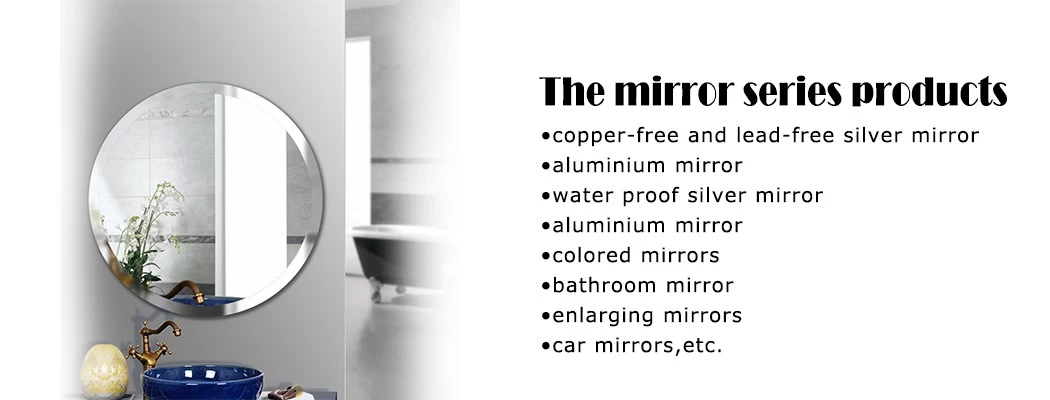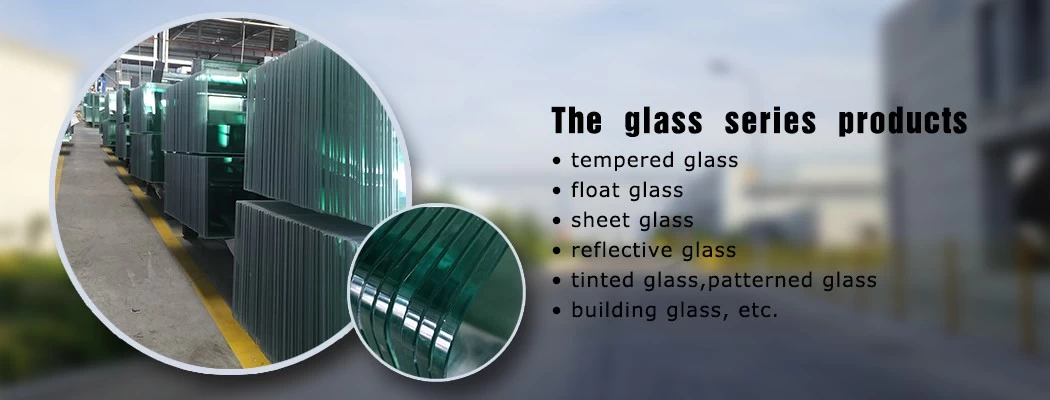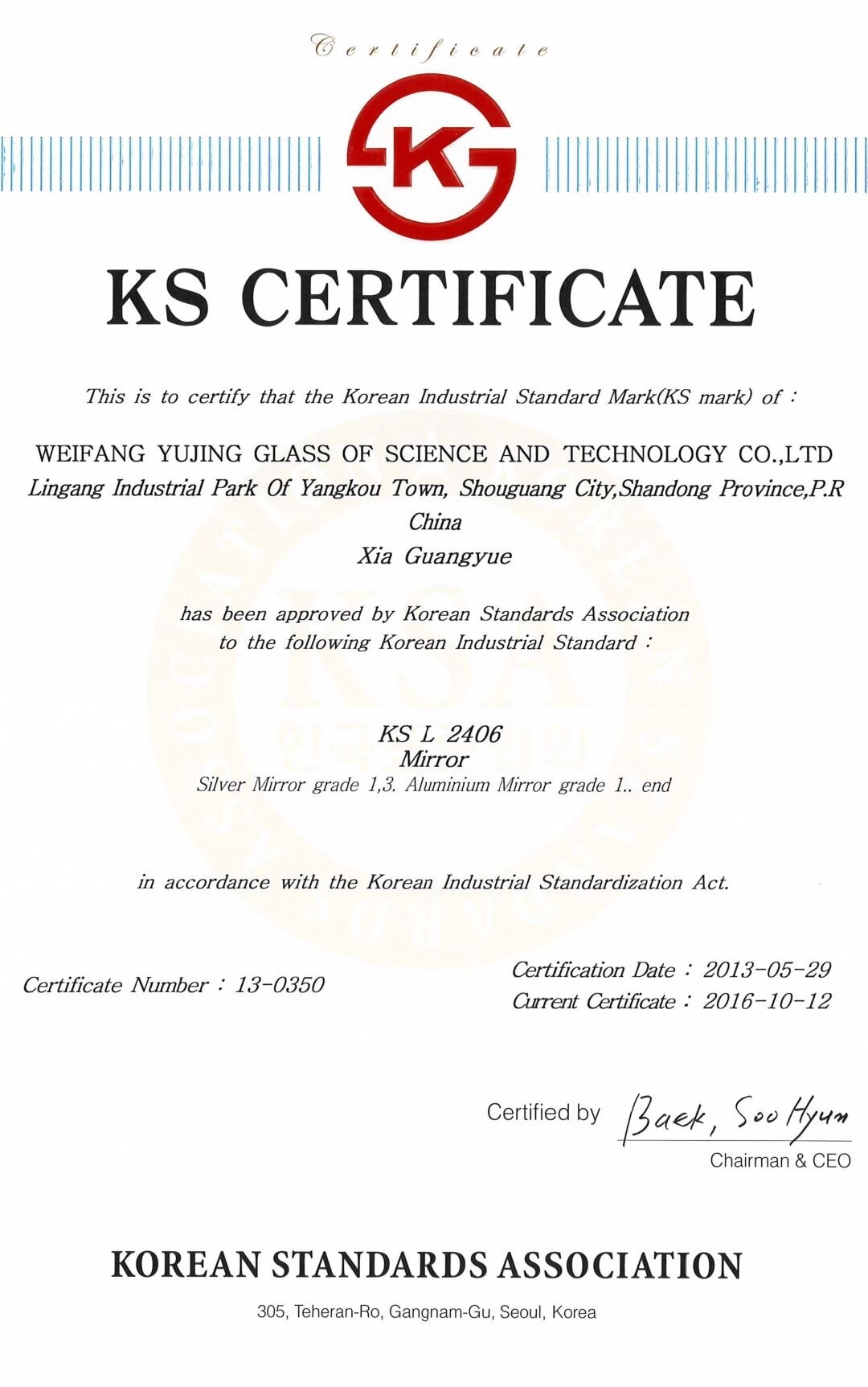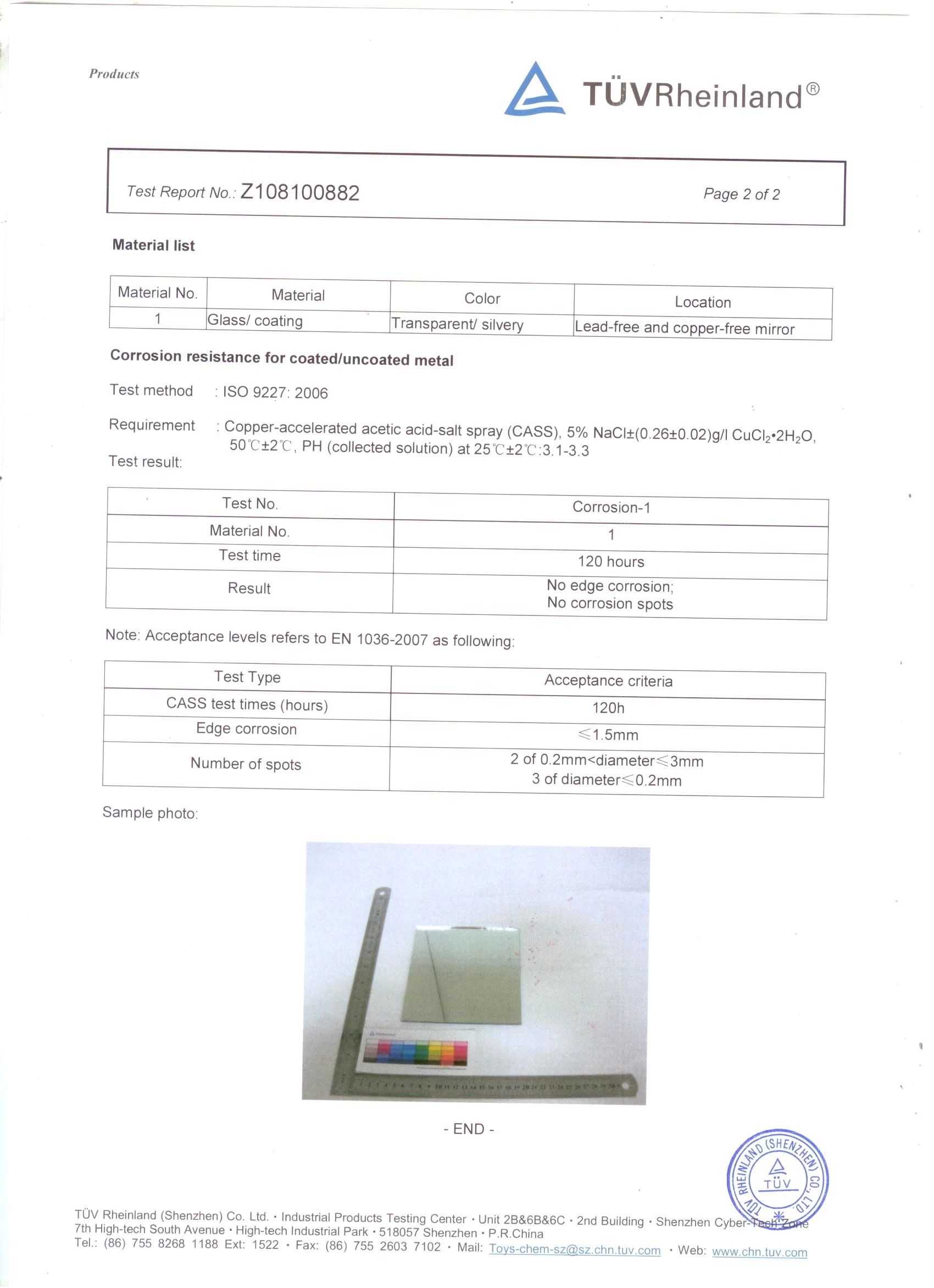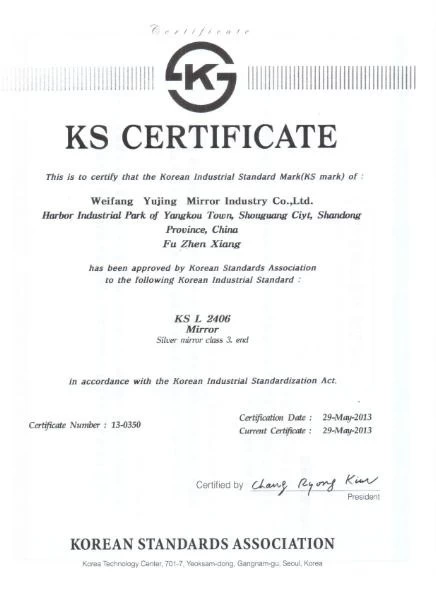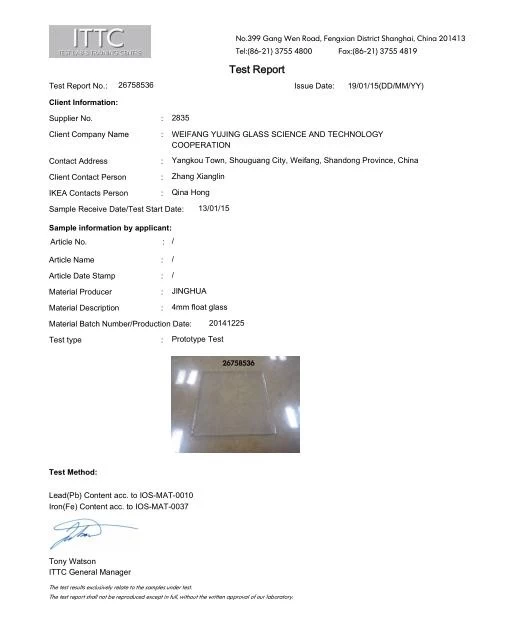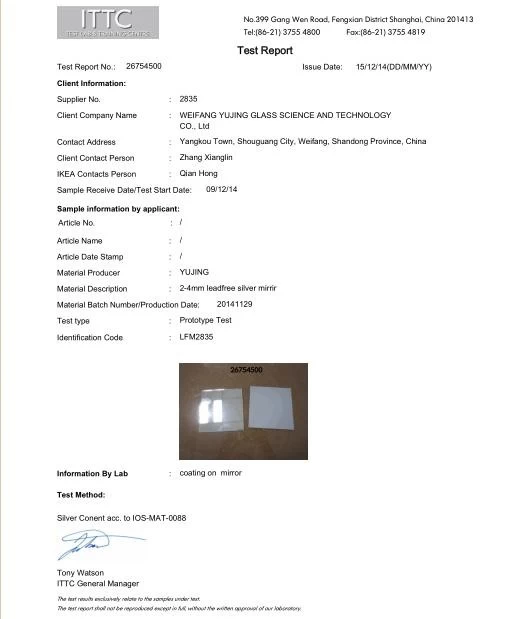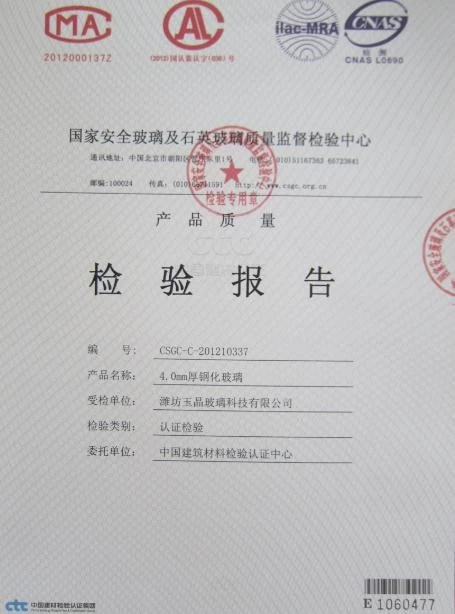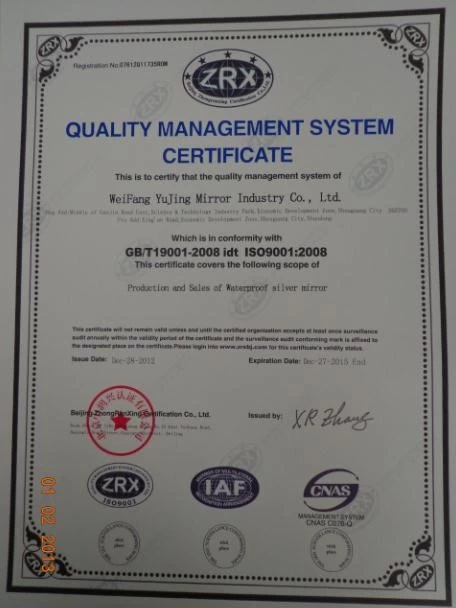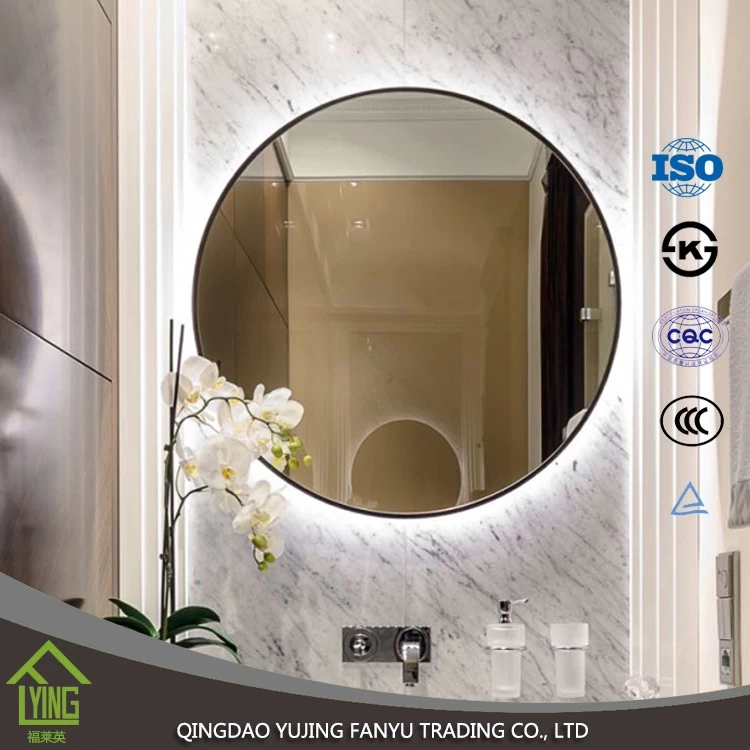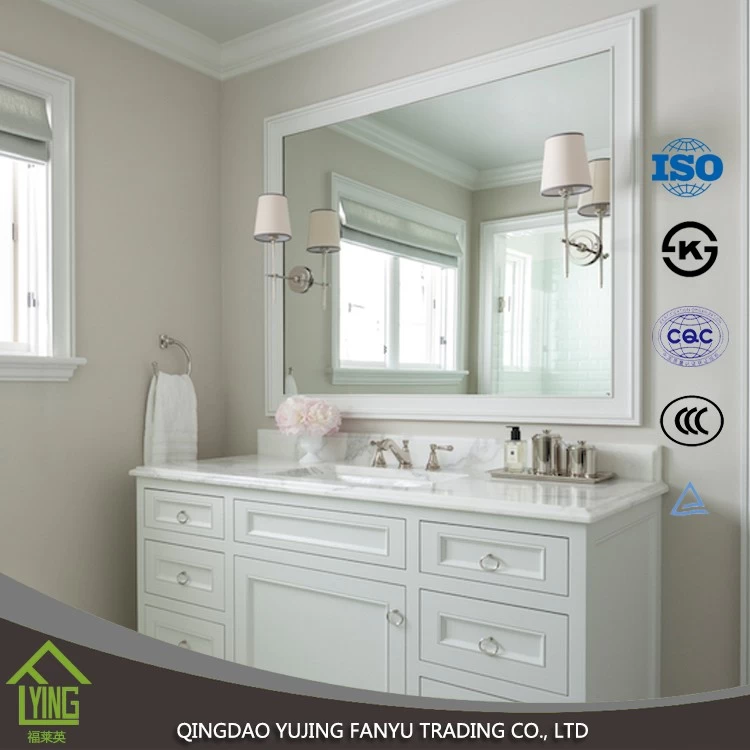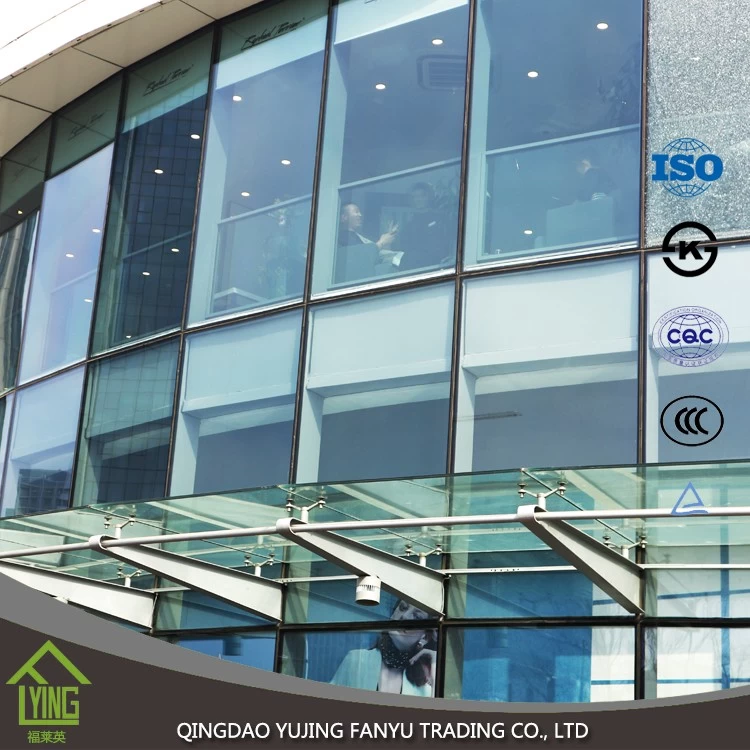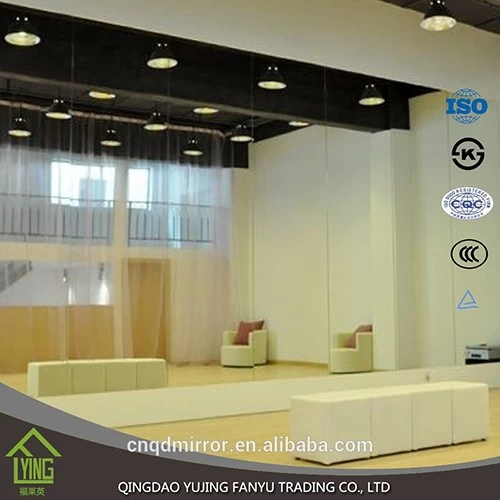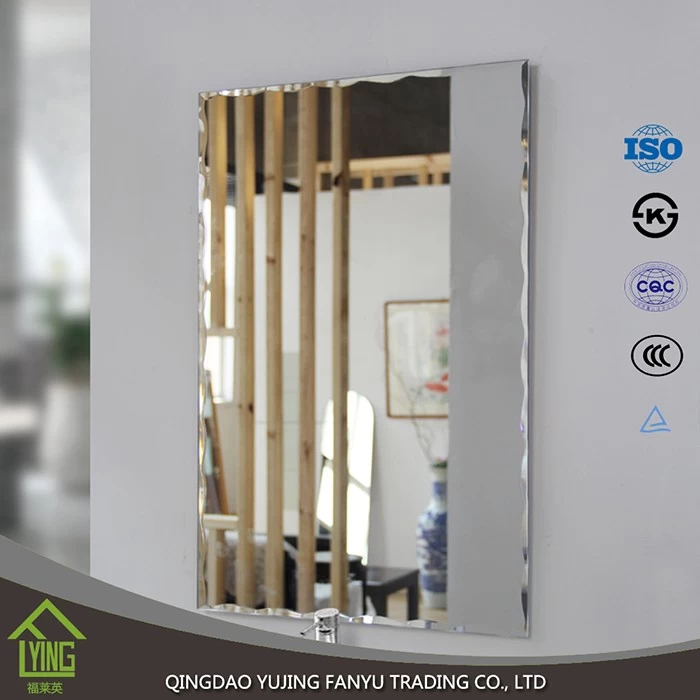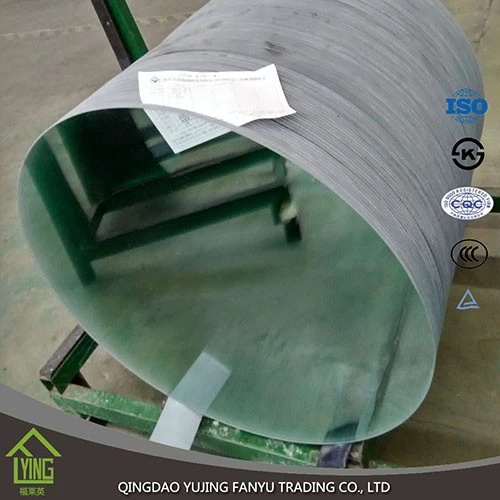Architectural sealant classification
Fanyu
Www.glass.com.cn
2018-05-28 14:34:11
| With the constant renewal of building construction technology, the choice of construction sealants is increasingly important. Among them, the correct choice of professional, targeted building sealants, and control of their construction quality is particularly important. The There are many types of construction sealants, including silicone, polyurethane, polysulfide, acrylic, butyl, asphalt, and oleoresin-modified products. At present, the building sealants used in China are mainly silicone, polysulfide, and polyurethane three room-temperature curing elastic sealants, and silicone sealants are widely used. The TheFirst, the choice of construction sealant The How to choose the sealant is the key. The selection of the construction seal is mainly based on its performance characteristics, as follows. The The1. Concrete bonding The The PC boards used in the market are mostly concrete panels, so the construction sealant should have good adhesion to the concrete. Due to the inherent properties of concrete, ordinary sealants are not easily adhered to their surfaces. When choosing the construction sealant, the concrete should be considered as a porous material that is alkaline, and whether the mold release agent used during demolding remains on the surface of the PC board. The The2. Seam displacement The When using sealant, its mechanical properties are also very important. The displacement of the joints should be taken into account in the design, and the width of the joints should be determined to be within a very wide range of deformation of the sealant. For a concrete joint of 10~35mm, the sealant is generally required to have a good displacement ability and elastic recovery rate so as to adapt to the joint displacement. The The3. Weather resistance The The weather resistance of the construction sealant will affect its service life, and because of the specific molecular structure of the silicone sealant, it cannot destroy the structure even when exposed to high-energy ultraviolet rays, ensuring that the silicone sealant has good UV resistance. Performance, it has a clear advantage in weatherability. The TheSecond, construction sealant construction process The The1. Pre-construction test The The construction sealant should be subjected to bond performance test and compatibility test before construction, to avoid the discovery after construction, due to the work of tapping, rework, etc., delay the construction period, resulting in material and manual waste. Among them, the adhesion performance test is to check whether the silicone rubber and the substrate used can form a good bond; the compatibility test is to check whether the materials used in the construction will have an adverse effect on the sealant and affect its life. 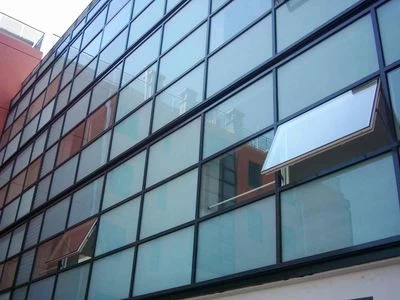 The2, the construction process The Seam Preparation → Cleaned by adhesive base → (If necessary, apply primer) → Adhesive bonding → Trim rubber surface, remove protective tape → Curing curing (3~5d in summer and 5~7d in winter) . The The3. Common problems The The(1) Does not bond with the substrate The The main reason for this is that no cohesive test, low maintenance temperature, and high relative humidity were used before construction. During construction, the curing temperature should be increased, the curing time should be extended, the substrate should be surface treated or the sealant must be replaced. The The(2) Slow curing The The main reason is that the ambient temperature is low, the humidity is low, the glue seam is too narrow, too deep, and the sealant expires. During construction, maintenance temperature and humidity should be increased, and two times of plastic or double-sided plastics should be used to change the sealant. The The(3) Produce air bubbles The The main reason is that air is entrapped during the injection of plastic, moisture penetrates into the seam, and the substrate reacts with certain sealants. During construction, the plastic injection should be uniform, continuous and filled with interfaces, and the interface and accessories must be dry. The The(4) Drums The The main reason is that the large plate size, large expansion coefficient leads to deformation of joints, large temperature difference between day and night, and low humidity. During construction, the sealant with a relatively fast curing speed should be used, and appropriate paneling measures should be adopted to reduce the panel temperature. The The(5) cracking leaks The The main reason is that the joints are too narrow, the seal is not in place, the displacement of the sealant is insufficient, and the sizing thickness is too thin. During construction, joints shall be designed in accordance with the requirements of the code, and a good sealant with good displacement capacity shall be used. The construction shall be performed in accordance with the operating specifications to ensure the thickness of the sealant and avoid the three sides from sticking. The The4. Precautions The (1) Thoroughly remove all loose particles and dust to ensure that the construction surface is clean and dry and free of grease and surface contamination such as release agents, curing films, and hydrophobic agents. The (2) Construction shall be carried out in a clean environment with a temperature of 4 to 40°C and a relative humidity of 40% to 80%, and construction shall be stopped in rain and snow weather. The (3) In order to prevent the joints from being damaged when the joints are inflated, the joints should be filled with suitable backing materials, and the width of the backing material should be greater than 25% of the joint width to control the sizing thickness of the sealant.The (4) A bevel should be cut at the outer opening of the sealing paste tank, and then a squeeze gun should be installed to squeeze the sealing paste into the pressure receiving surface of the joint. The thickness and width of the sealing paste should be uniform and consistent with the sealing requirements. The (5) When used as an adhesive, seal the surface with a dot or bead, and after the seal is completed, apply a 20% detergent solution to the surface of the joint. The (6) After the completion of the construction, sampling inspection shall be conducted on the construction site to ensure that it is well bonded and has no adverse reactions. |


